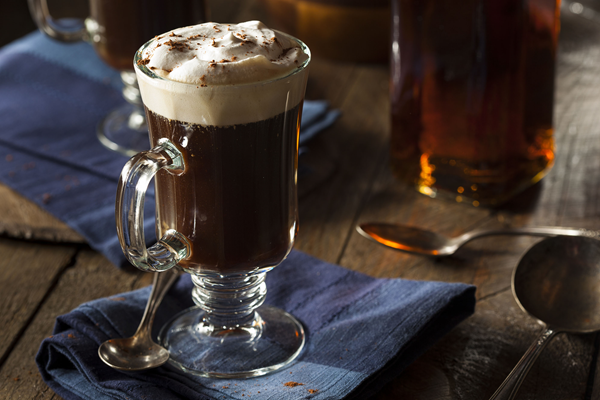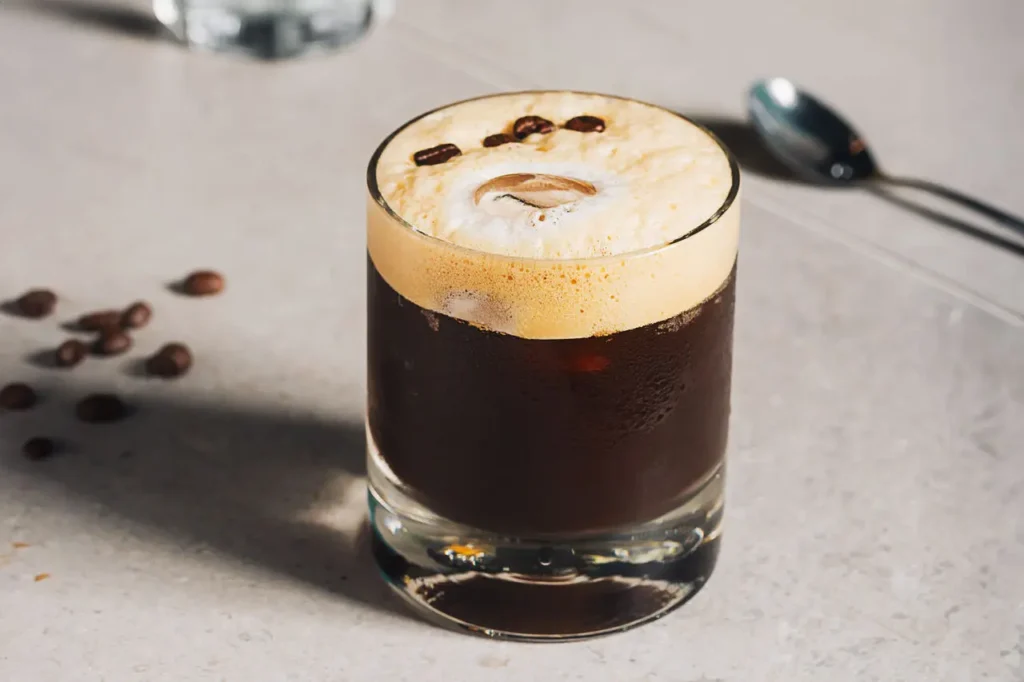Coffee is an essential part of Spanish culture, and Spanish coffee is a unique and delicious way to enjoy this beloved beverage. Spanish coffee is known for its bold flavour, rich aroma, and unique brewing methods. Whether you love coffee or want to try something new, it’s a must-try.
This guide will take you through the basics of Spanish coffee, including its history, brewing methods, and traditional recipes. We will also provide tips and tricks to help you make the perfect cup of Spanish coffee every time.
Spanish coffee has something for everyone, whether you prefer a strong and bitter brew or a smooth and sweet cup of coffee. So grab your coffee beans, fire up the stove, and dive into the world of Spanish coffee!

The History Of Spanish Coffee
There is nothing like the taste and aroma of Spanish coffee, which is popular throughout Spain. It is typically made using dark roast coffee beans and is brewed using a stovetop espresso maker or traditional espresso machine. Spanish coffee can be enjoyed in black or mixed with steamed milk to create café con leche.
The history of Spanish coffee dates back to the late 18th century when coffee was first introduced to Spain. At the time, coffee was considered a luxury item only enjoyed by the wealthy. However, coffee became a popular beverage nationwide as it became more widely available.
By the early 20th century, coffee had become a staple of Spanish culture, and it was common to enjoy coffee in cafes and bars. During the Spanish Civil War, coffee became a symbol of resistance, as soldiers often consumed it to give them energy and strength.
Today, Spanish coffee is an integral part of Spanish culture, and people of all ages and backgrounds enjoy it. It is often consumed after meals to aid digestion, and it is common to see people enjoying Spanish coffee while socialising with friends and family.
Overall, the history of Spanish coffee is rich and fascinating, reflecting the country’s love of coffee and its unique cultural heritage. From its humble beginnings to its current status as a beloved beverage, Spanish coffee is a testament to the enduring appeal of this timeless drink.
Comparing Carajillo With Café Con Leche

Carajillo and café con leche are both popular coffee drinks in Spain, but they differ in flavour, preparation, and cultural significance.
Carajillo is a Spanish coffee drink that consists of a shot of espresso mixed with brandy, whiskey, or another type of liqueur. The drink has a strong and bold flavour, with notes of coffee and alcohol, and is often enjoyed as an after-dinner drink.
Café con leche, on the other hand, is a traditional Spanish coffee drink made with equal parts espresso and steamed milk. The drink is typically served in a glass and has a milder and creamier flavour than carajillo.
Regarding preparation, carajillo is typically made by pouring a shot of hot espresso over a shot of brandy or whiskey. In contrast, café con leche combines equal parts espresso and steamed milk.
Both carajillo and café con leche have cultural significance in Spain, with carajillo being a popular after-dinner drink and café con leche being a common breakfast drink. However, carajillo is often associated with more indulgent and celebratory occasions, while café con leche is a staple of daily life in Spain.
Overall, carajillo and café con leche are delicious and unique Spanish coffee drinks, each with a distinctive flavour and cultural significance.
How To Make Carajillo

Here is a simple recipe to make a traditional Spanish coffee, also known as carajillo:
Ingredients:
- One shot of espresso
- 1 1/2 ounces of brandy, whiskey, or rum
- One teaspoon of sugar
- One cinnamon stick
Instructions:
- Brew a shot of espresso using your preferred method.
- In a separate glass, combine the brandy, whiskey, or rum with the sugar and stir until the sugar is dissolved.
- Add the hot espresso to the glass with the brandy mixture and stir to combine.
- Garnish with a cinnamon stick, if desired.
- Enjoy your delicious and authentic Spanish coffee!
Note: Some variations of carajillo may call for different types of liqueurs or sweeteners, so feel free to experiment with the recipe to find your perfect blend.
How To Make Café Con Leche
Here is a simple recipe to make a traditional Spanish coffee, also known as café con leche:
Ingredients:
- One shot of espresso
- 6-8 ounces of milk
- Sugar or sweetener to taste (optional)
Instructions:
- Brew a shot of espresso using your preferred method.
- Heat the milk in a small saucepan over medium heat until it steams.
- Froth the milk using a milk frother or whisk until it is creamy and has a thick foam layer.
- Pour the frothed milk over the espresso in a mug or glass.
- Add sugar or sweetener to taste, if desired.
- Stir the coffee and milk together and enjoy your delicious and authentic Spanish café con leche!
Note: Some variations of café con leche may call for different types of milk or coffee blends, so feel free to experiment with the recipe to find your perfect blend.
Why You Should Try Spanish Coffee
There are several reasons why you should try Spanish coffee. Here are a few:
Rich Flavor
Spanish coffee is known for its bold and complex flavour profile, achieved through dark roast coffee beans. The roasting process brings out the natural oils and sugars in the beans, resulting in a rich and flavorful cup of coffee.
Cultural Experience
Enjoying a cup of Spanish coffee is more than just drinking a beverage. It’s a cultural experience that is steeped in tradition and history. Trying Spanish coffee is a great way to immerse yourself in Spanish culture and learn more about the country’s coffee traditions.
Versatility
Spanish coffee is incredibly versatile and can be enjoyed in various ways. Whether you prefer it black or with milk and sugar or with brandy or whiskey to create a carajillo, there is a Spanish coffee drink for everyone.
Health Benefits
Coffee has been shown to have several health benefits, including boosting energy levels, improving cognitive function, and reducing the risk of several chronic diseases. Spanish coffee is no exception and can be enjoyed as part of a healthy and balanced diet.
There are many reasons to try Spanish coffee, from its rich and bold flavour to its cultural significance and versatility. So why try it and experience all this beloved beverage has to offer?
Conclusion
We hope this guide has helped you discover Spanish coffee’s unique and delicious world. From its rich history to its bold and complex flavours, Spanish coffee is truly a one-of-a-kind beverage. With the right tools, ingredients, and techniques, anyone can make a perfect cup of Spanish coffee.
Whether you prefer the bold and bitter taste of café solo, the creamy sweetness of café con leche, or the intense kick of carajillo, there is a Spanish coffee recipe for every taste and occasion. And with our tips and tricks for brewing the perfect cup, you’ll be able to impress your friends and family with your newfound coffee-making skills.
So what are you waiting for? Grab your coffee beans and your stovetop espresso maker, and start exploring the world of Spanish coffee. And remember, the key to making great coffee is to experiment, have fun, and enjoy the process. Salud!
Was this article helpful? Let us know in the comments.
FAQs
What is the difference between café solo and café con leche?
Café solo is a traditional black Spanish coffee with no added milk or cream. Café con leche, on the other hand, is made by adding steamed milk to the coffee, resulting in a creamy and smooth beverage.
What is the best way to sweeten Spanish coffee?
It is common to sweeten Spanish coffee using a small amount of sugar in Spain. Some people also like adding a dash of cinnamon or nutmeg to their coffee for flavour.
Can Spanish coffee be made with a French press?
Yes, Spanish coffee can be made with a French press. However, it is not the traditional brewing method for Spanish coffee. A stovetop espresso maker or a traditional machine is preferred for making Spanish coffee.




